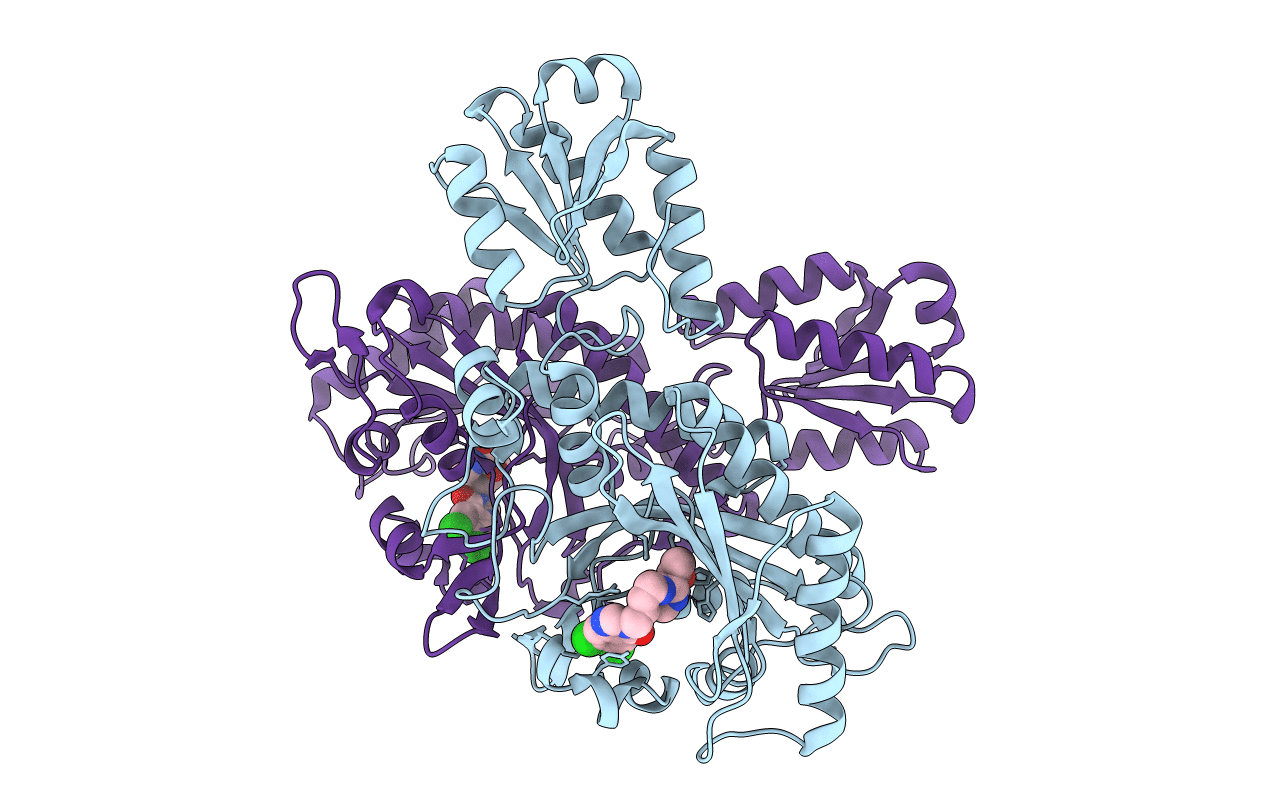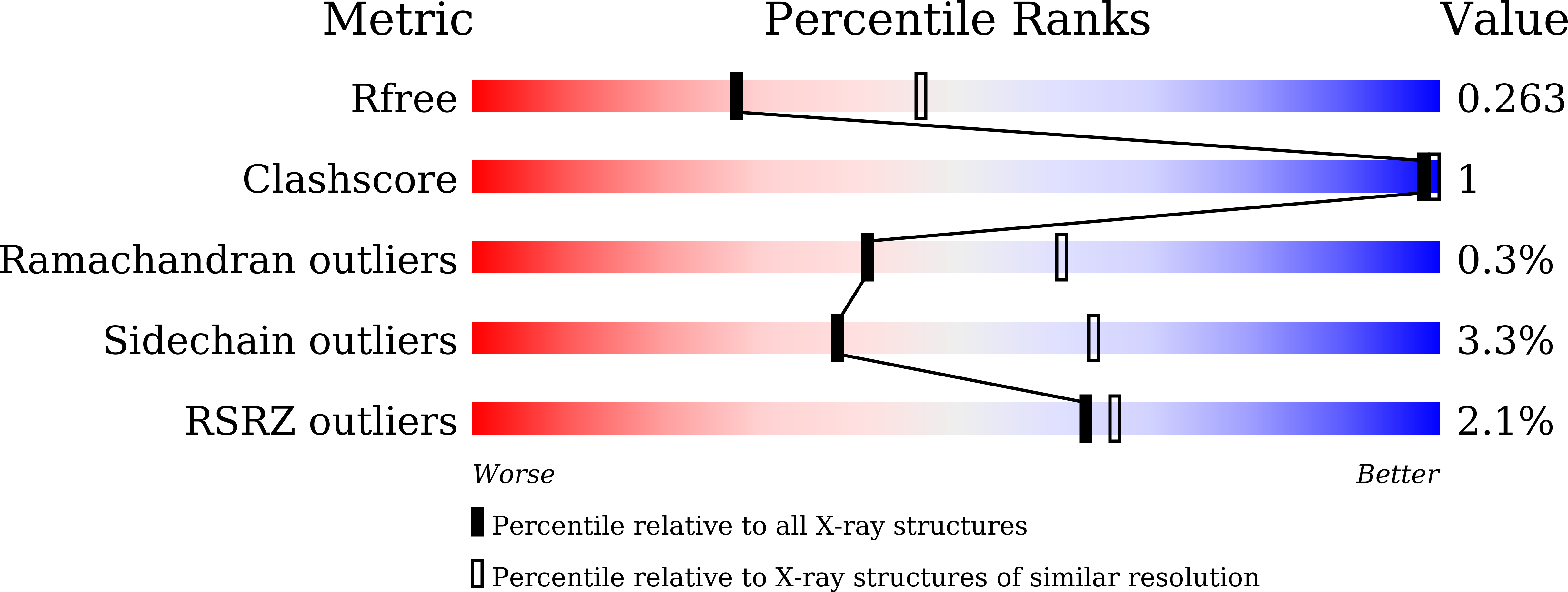
Deposition Date
2020-06-12
Release Date
2020-10-07
Last Version Date
2023-11-29
Entry Detail
PDB ID:
7CBG
Keywords:
Title:
Crystal structure of threonyl-tRNA synthetase (ThrRS) from Salmonella enterica in complex with an inhibitor
Biological Source:
Source Organism:
Host Organism:
Method Details:
Experimental Method:
Resolution:
2.50 Å
R-Value Free:
0.26
R-Value Work:
0.21
R-Value Observed:
0.21
Space Group:
P 21 21 21


